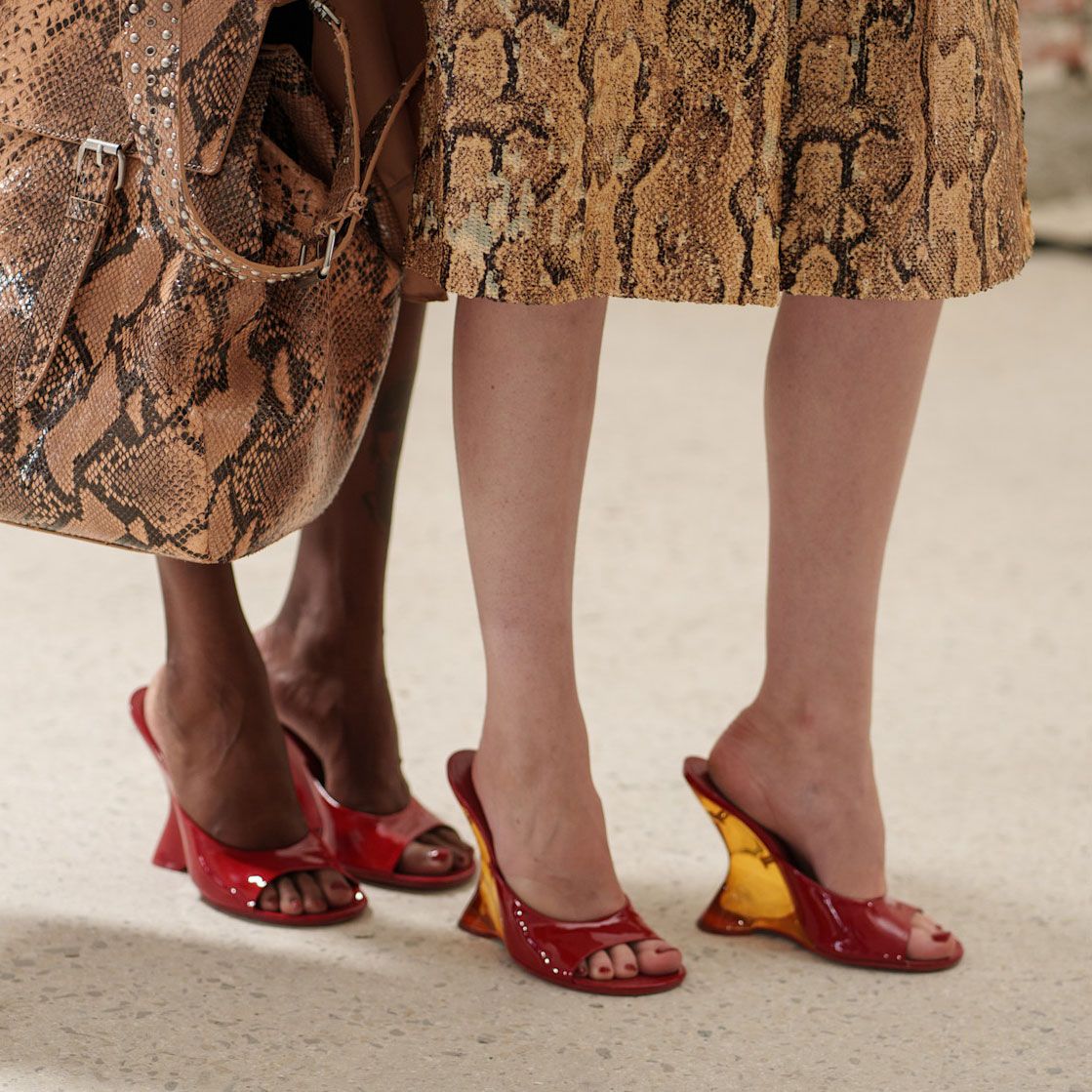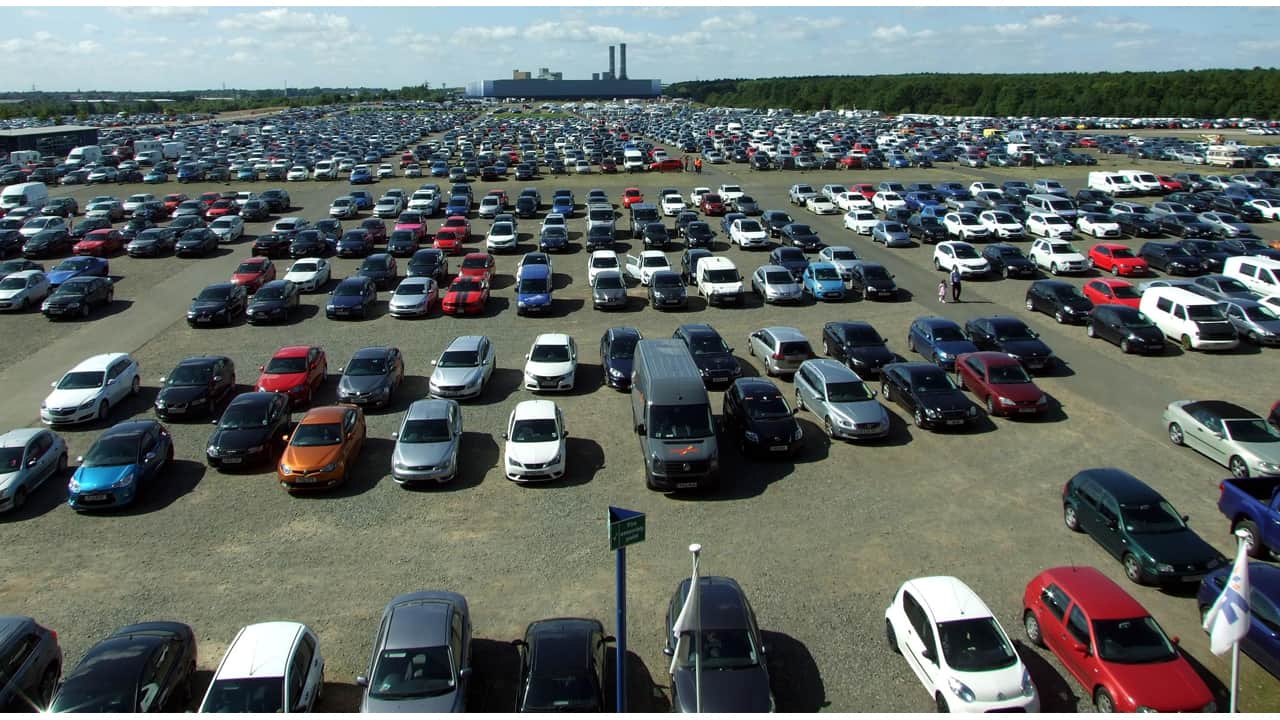
In 1960, Harrisburg celebrated the centennial of its city charter. For a week in September, the city commemorated its past, reveled in its present and looked toward its future, burying a time capsule in Riverfront Park to be opened in 2060.
But even as Harrisburg was marking its growth from “an overgrown country town,” in one historian’s words, to a modern city, the region’s center of gravity was shifting to the suburbs.
One notable symbol of this suburban shift was the Colonial Park Plaza. The shopping center, which opened two months later on Jonestown Road in Lower Paxton Township, reflected customers’ increasing preference for living and shopping in the suburbs instead of Harrisburg’s downtown department stores.
Nearly 65 years later, customers’ preferences have shifted the center of gravity away from the shopping center, now called the Colonial Park Mall. It has struggled over the years as e-commerce and other changes in customers’ habits have emerged.
In September, a new owner bought the Colonial Park Mall for $8.8 million. Few details of the owner’s plans have been released.
Here’s this mall’s story.
Making a mall
The Colonial Park Plaza was developed by Food Fair Properties, the real estate arm of supermarket giant Food Fair, which got its start in Harrisburg in 1933.
Food Fair purchased the Colonial Country Club’s property on Jonestown Road after the club moved to another developing future urban ring on Linglestown Road.
The 350,000-square-foot mall featured about 40 stores, including Sears, which had relocated from Market Square in Harrisburg and was operated separately.
The stores included local and national chains such as Food Fair, F.W. Woolworth Co., S.H. Kress, Tim Doutrich’s men’s clothing store, Rea & Derick drugstore, Miller’s Auto Supplies, Singer Sewing Machine Co. and Kinney Shoes. Pete Wambach’s Restaurant and Colonial Park Lanes provided dining and recreation, respectively.
Moviegoers could enjoy the 1,000-seat Trans-Lux Theatre, which joined the mall in 1966.
Ten-foot canopies provided shelter for the walkways of the unenclosed shopping center. A “main mall” with a garden motif and an esplanade provided space for community events.
Parking areas “designed in accordance with the latest scientific findings of shopping center traffic experts” could accommodate about 3,500 vehicles at a time and around 14,000 cars daily, The (Harrisburg) Evening News reported.
“The development of shopping centers has gone through its birth pains and infancy,” Ralph Biernbaum, vice president and general manager of Food Fair Properties, said before the Colonial Park Plaza opened. “Today, it has reached maturity.”
Actually, the development of shopping centers was just getting started in central Pennsylvania.
Growing suburbs
Less than three weeks after the Colonial Park Plaza’s unveiling, the U.S. Census Bureau released 1960 population numbers.
For the first time, Harrisburg’s population declined, from a peak of 89,544 in 1950 to 79,697 in 1960, an 11% decrease.
Meanwhile, Lower Paxton Township’s population surged 169.1%, from 6,546 in 1950 to 17,618 in 1960.
The shift to the suburbs had begun in central Pennsylvania. Shopping centers followed the population.
When the Colonial Park Plaza opened, it was one of a handful of suburban Harrisburg malls. For example, West Shore Plaza opened in 1955 and the Camp Hill Shopping Center in 1959.
But as the 1960s raced into the 1970s, a “mall craze hit,” historian and longtime Patriot-News columnist Paul Beers wrote, and “it became a flurry.”
Among the midstate shopping centers that opened in that period were Carlisle Plaza in 1964, the MJ Mall in Carlisle in 1965, the York Mall in 1968, the Harrisburg East Mall in 1969, Park City Center in 1971, the Union Deposit Mall (today The Point Shopping Center) in 1973 and the Capital City Mall in 1974.
The 1 million-square-foot Harrisburg East Mall, with 85 stores, was the region’s first enclosed shopping center.
The Colonial Park Plaza followed in 1970, undergoing renovations enclosing the mall and adding retail space, carpeting, closed-circuit TVs and central air and heat. It also changed its name to the Colonial Park Mall.
The shopping center expanded further in 1974 when a Pomeroy’s department store was built.
Much of the “mall craze” was aided by significant highway construction.
The South Bridge, carrying Interstate 83 over the Susquehanna River from Lemoyne to Harrisburg, kicked off a decade of major highway projects in the Harrisburg area when it opened in 1960. That year, construction of the U.S. Route 22 interchange in Colonial Park near the mall was completed.
By the end of the decade, projects such as Interstate 283, the Eisenhower Interchange and I-83 north of U.S. Route 22 were under construction. A “river relief route,” today U.S. Routes 22/322, was in the final design phase. And crews were busy building an Interstate 81 bridge, having completed a 16-mile section of the highway from its junction with I-83 to Fort Indiantown Gap. Two sections of I-81 east of the bridge were in the final design stage.
Recent struggles
The Colonial Park Mall has undergone ownership and tenant changes, as well as further renovations, in the decades since.
In 1987, the Trans-Lux’s successor, the Eric Colonial Park, was moved to a different part of the mall, and its former building, along with the structure that once housed the bowling alley, were demolished to make way for Boscov’s and other stores. The Bon-Ton Stores Inc. purchased Pomeroy’s the same year.
In recent years, the mall has struggled, coming close to being sold or auctioned off several times.
In 2021, the township rezoned the mall to a newly created “Towne Center” zoning district for residential, commercial, cultural and entertainment uses.
In 2023, the mall escaped a sheriff’s sale at the last minute when its then-owner, Kohan Retail Investment Group, paid off a $320,000 bill to the Lower Paxton Township Authority.
This summer, the shopping center was removed from the auction block a day before the sale.
Today, about 30 businesses remain at the mall. Only one of its three anchor stores, Boscov’s, remains. Bon-Ton closed in 2018 and Sears in 2021. This year, Rue21 and Colonial Park Cinemas 4 shuttered.
And just this month, Fyre Lounge & Bar closed after a year in business. It had replaced Buffalo Wild Wings, which had shuttered in 2022.
Now the mall has a new owner.
The sale in September to developer Zi Qian Zhang of Fall River, Massachusetts, did not include Boscov’s, the former Sears building and five other structures on the property not owned by the seller, Kohan Retail.
Zhang’s attorney told PennLive that he wants to turn part of the former Bon-Ton into a trampoline park, but no other details of Zhang’s plans for the mall are known.
From country drive to population leader
In a 1958 article on the Greater Harrisburg Planning Commission’s population estimates for the expanding suburbs, The Evening News noted the potential growth of one township.
“Lower Paxton Twp., just 10 years ago a place you thought about when you wanted to take a drive through the country,” the newspaper said, “may eventually have a population greater than the city’s.”
That happened in 2020, when the census showed Lower Paxton’s population surpassed Harrisburg for the first time, 53,501 to 50,099. Lower Paxton Township is now the largest municipality in Dauphin County.
The Colonial Park Mall, benefactor of suburban growth in 1960, finds itself in a large, growing suburb, and time will tell whether it can again leverage that advantage.
Joe McClure is a news editor for The Patriot-News. Follow him on Instagram: @jmcclure5nine.
link







